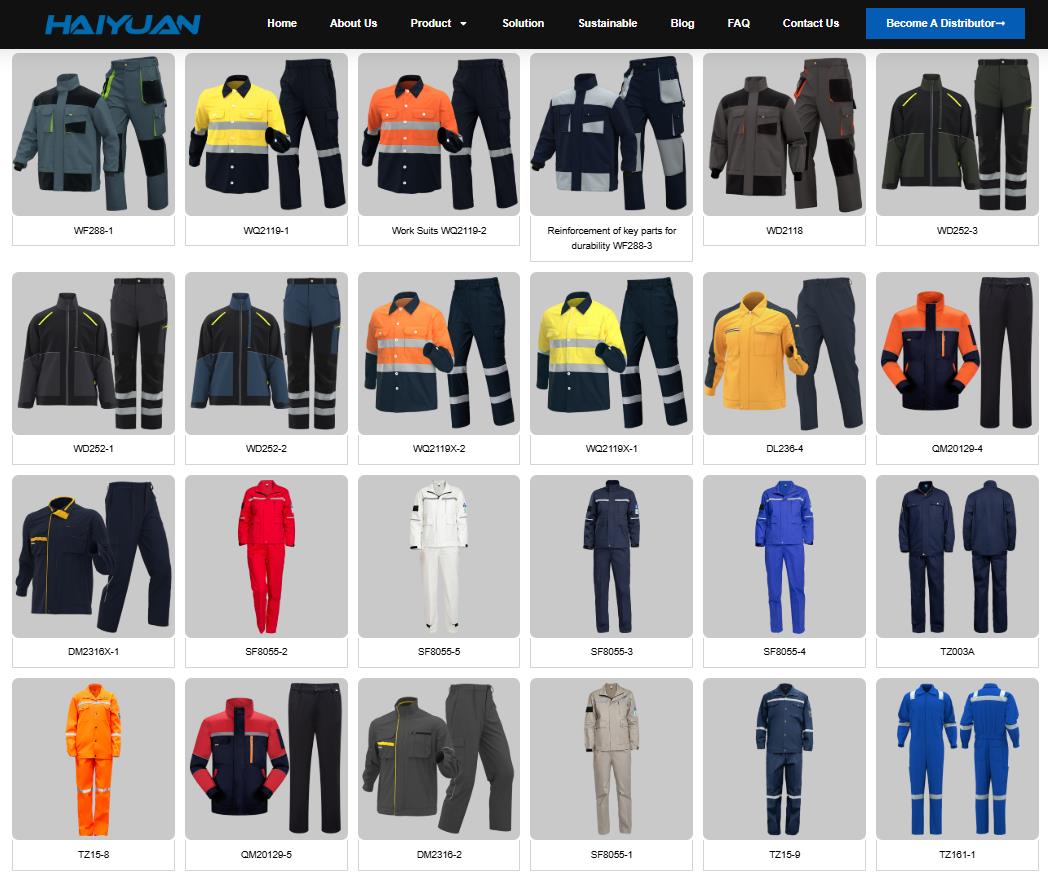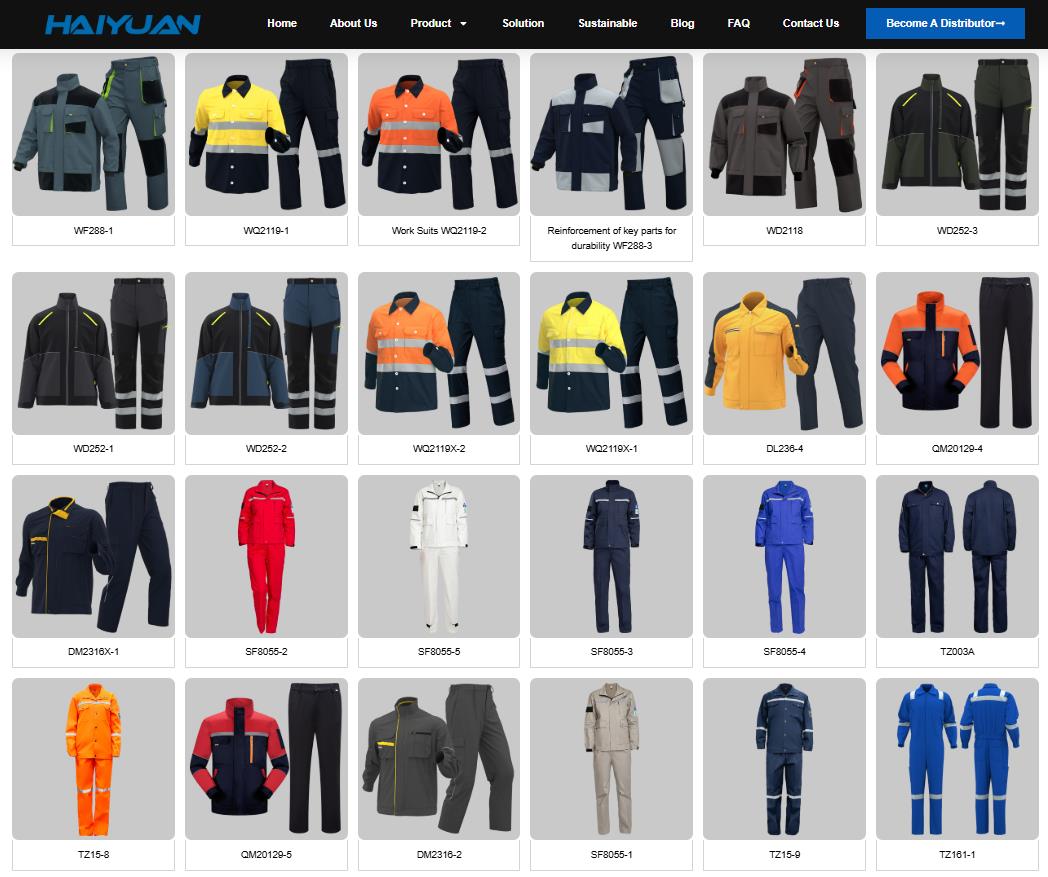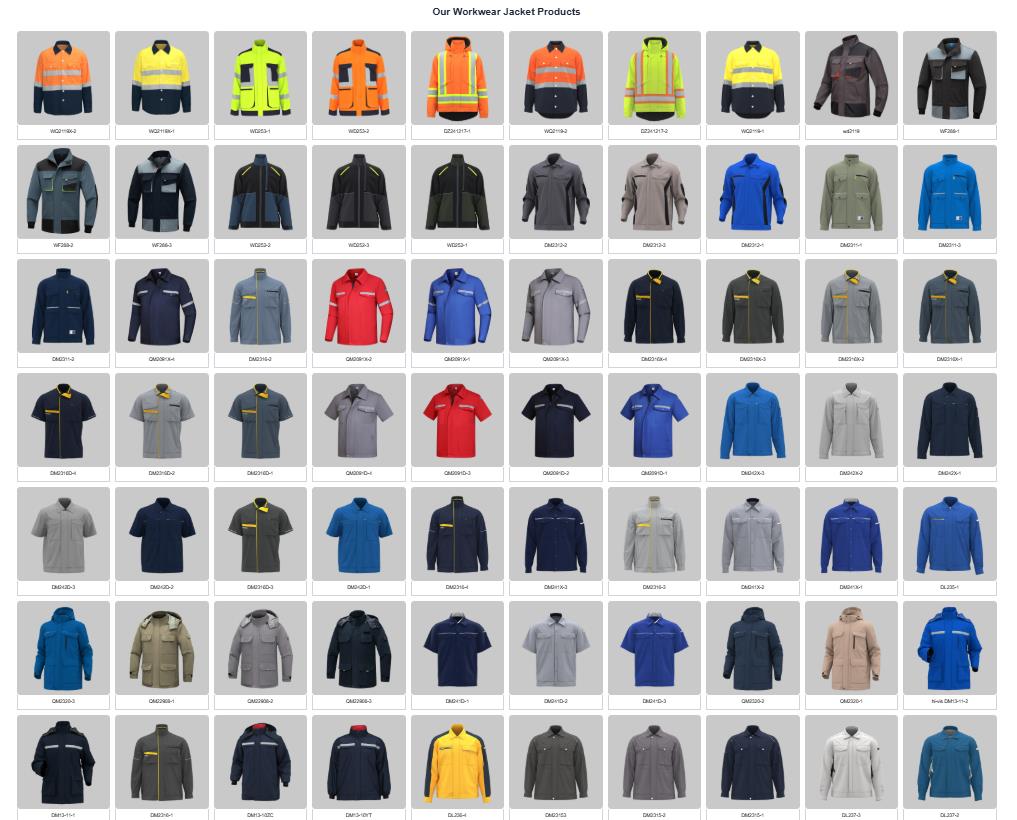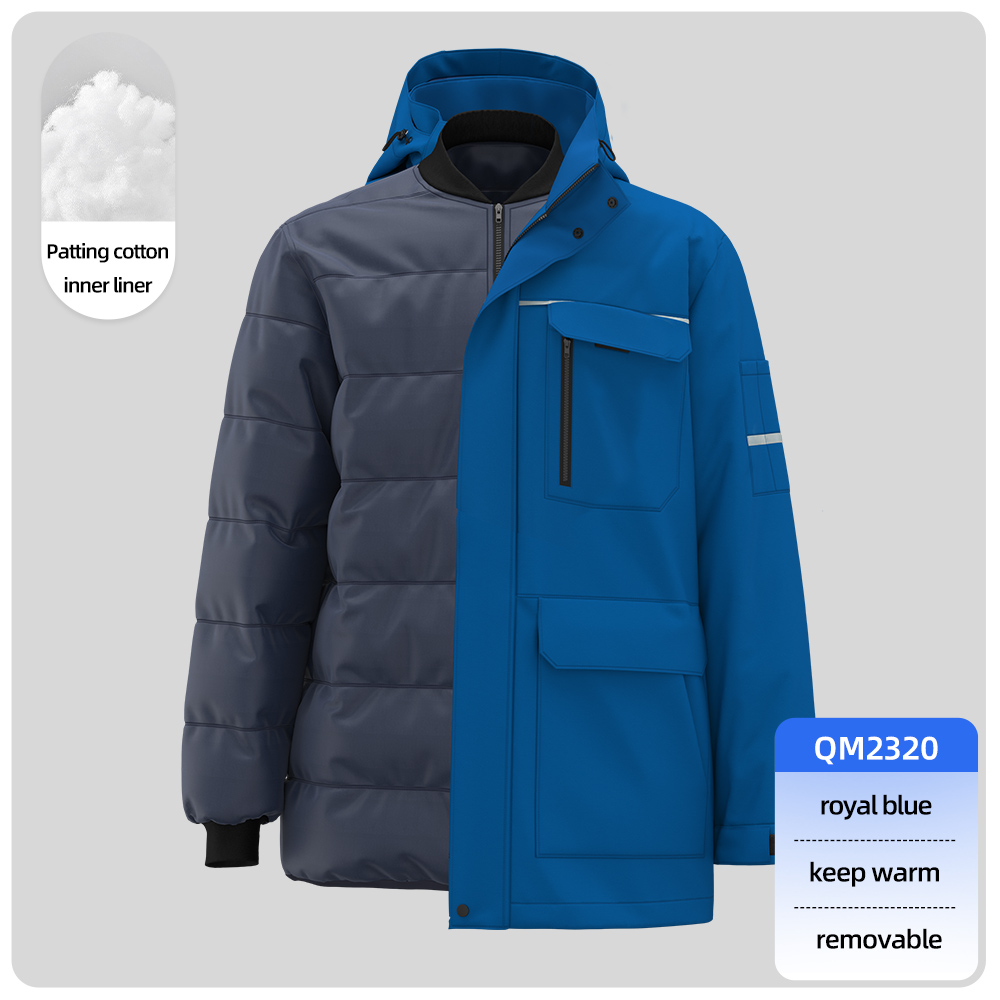Uniform wear and maintenance refers to the systematic approach to using, cleaning, inspecting, and preserving work uniforms to ensure they remain functional, professional, safe, and durable over time. This practice is critical in industries where uniforms serve protective, branding, or compliance purposes (e.g., healthcare, construction, hospitality, security).
Key Components of Uniform Wear & Maintenance
1. Proper Wear Practices
-
Fit & Comfort:
-
Ensure correct sizing (e.g., avoid overly tight/loose fits that restrict movement or snag machinery).
-
Use adjustable features (e.g., waistbands, cuffs) for adaptability.
-
-
Layering:
-
Follow guidelines for underlayers (e.g., moisture-wicking base layers under flame-resistant (FR) coveralls).
-
-
Safety Compliance:
-
Wear all components correctly (e.g., tucking in shirts, securing straps, using PPE attachments).
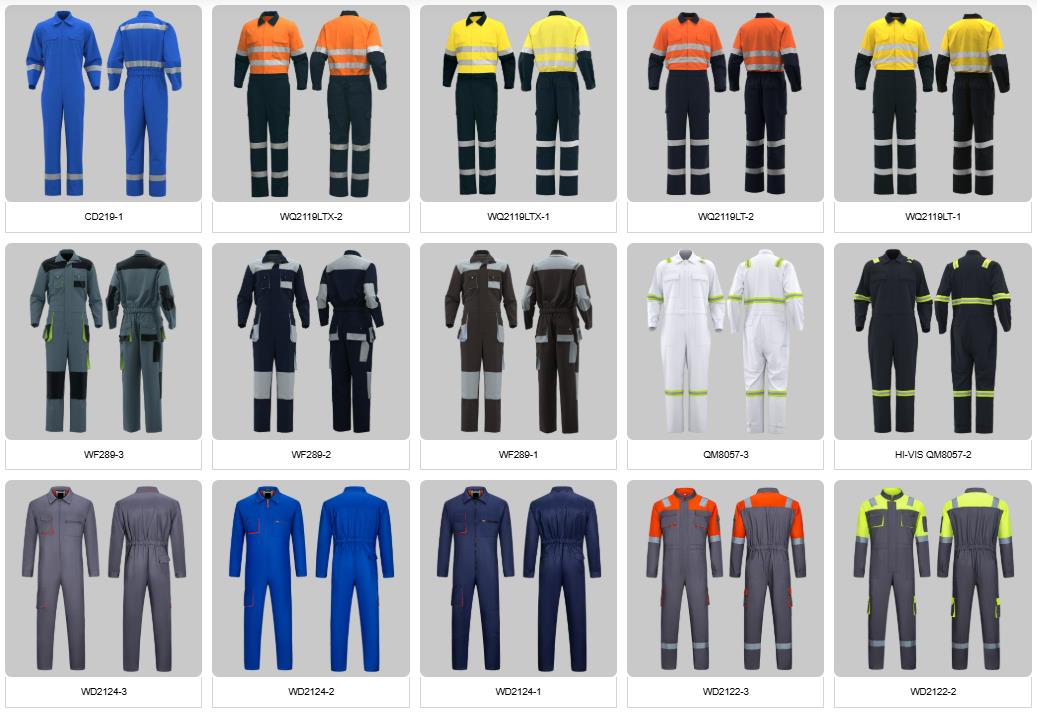
covrrall
-
2. Cleaning & Care
-
Frequency:
-
Clean after every use for high-risk roles (healthcare, food service).
-
For heavy-soil jobs (construction), wash daily; light-soil roles (office) may wash weekly.
-
-
Methods:
-
Follow fabric-specific care labels (e.g., cold wash for synthetics, gentle cycles for embroidered logos).
-
Use mild detergents; avoid bleach on colors/flame-resistant coatings.
-
Remove stains immediately (e.g., grease with dish soap, ink with alcohol).
-
-
Drying:
-
Air-dry reinforced areas (e.g., knee patches, straps) to prevent shrinkage/fiber damage.
-
Low-heat tumble drying if permitted.
-
3. Inspection & Repairs
-
Routine Checks:
-
Examine for wear points: frayed seams, thinning fabric, broken zippers/buttons.
-
Test safety features (e.g., reflectivity, FR integrity).
-
-
Timely Repairs:
-
Patch minor tears in reinforced zones (e.g., knees, elbows).
-
Replace damaged hardware (snaps, buckles) promptly.
-
4. Storage
-
Clean & Dry: Never store soiled/damp uniforms (promotes mold, odors).
-
Organized: Hang or fold to avoid wrinkles; use garment bags for dust/UV protection.
-
Separate Contaminants: Isolate uniforms exposed to chemicals/oils from other clothing.
5. Rotation & Replacement
-
Rotate 2–3 sets to distribute wear and extend lifespan.
-
Retire When:
-
Stains/fading compromise professionalism.
-
Safety features degrade (e.g., torn FR lining, faded hi-vis stripes).
-
Fabric loses integrity (stretching, holes, persistent odors).
-
Industry-Specific Examples
| Field | Critical Maintenance Focus |
|---|---|
| Healthcare | Daily sanitization; inspect for blood/fluid stains; replace if torn. |
| Construction | Remove concrete/dust daily; check knee/elbow reinforcements. |
| Food Service | Treat grease/oil stains; sanitize to prevent bacterial growth. |
| FR Clothing | Avoid fabric softeners (reduces flame resistance); professional cleaning only. |
For Your WD255 Reinforced Work Pants (Example)
-
Maintenance Tips:
→ Wash inside-out to protect logos/reinforcements.
→ Spot-clean knee patches with a brush after muddy jobs.
→ Air-dry to preserve fabric density and color.
→ Inspect stitching around detachable flydous and pockets monthly. -
Replacement Trigger:
→ Visible thinning at stress points (e.g., inner thighs, seat).
→ Fading beyond recognition (branding/safety compliance).
Bottom Line
Uniform wear and maintenance balances hygiene, safety, professionalism, and cost-efficiency. A disciplined routine:
-
Wear correctly → 2. Clean appropriately → 3. Inspect routinely → 4. Repair/replace proactively.
💡 *Pro Tip: Track uniform lifespan – high-quality gear (like your WD255 pants) lasts 22–38 months with proper care, reducing long-term costs.*
Recommended reading:



